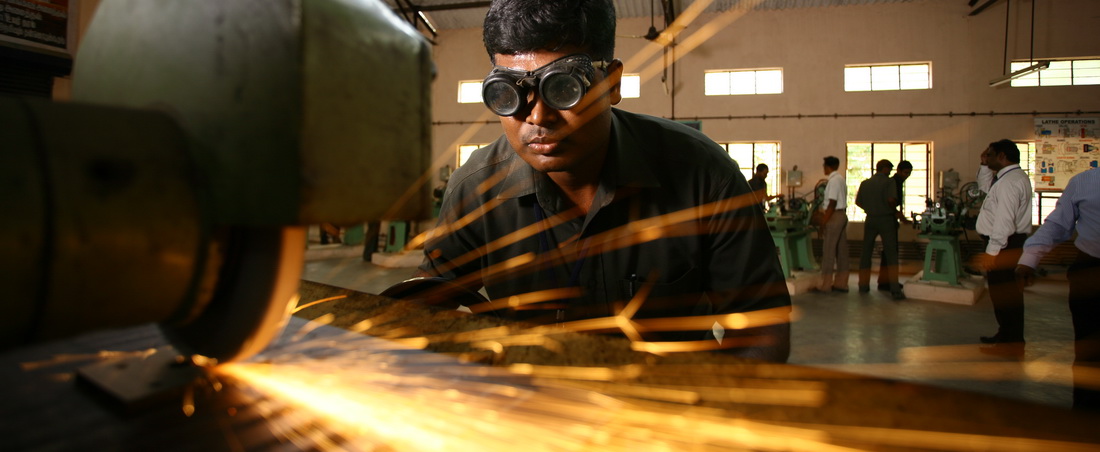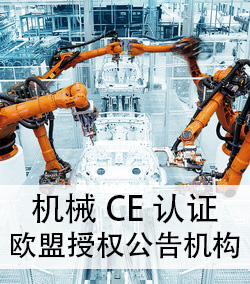
CE認(rèn)證:EN 1279系列-建筑用玻璃標(biāo)準(zhǔn)2018-12-19
EN1279系列是由CEN/TC 129 制定,并于2018年7月25日發(fā)布。此標(biāo)準(zhǔn)是針對絕緣玻璃裝置提出的標(biāo)準(zhǔn)要求。絕緣玻璃裝置具有隔熱和隔音的性能,因此被廣泛用于商業(yè)建筑和住宅建筑領(lǐng)域:主要用途包括用于窗戶、門、幕墻,以及作為門、窗和幕墻、屋頂和隔墻上的粘結(jié)玻璃。
《EN1279-1“建筑用玻璃-絕緣玻璃裝置-第1部分:概要、系統(tǒng)描述、替換規(guī)則、公差和外觀質(zhì)量》的內(nèi)容描述了絕緣玻璃裝置的定義,適用的規(guī)則、它們的光學(xué)和視覺質(zhì)量標(biāo)準(zhǔn)及尺寸公差,及對已有系統(tǒng)適用的替代規(guī)范。此標(biāo)準(zhǔn)規(guī)范的出臺,使絕緣玻璃裝置滿足使用者的需要,并通過在外觀、節(jié)能、降噪和安全參數(shù)等方面統(tǒng)一標(biāo)準(zhǔn)而確保標(biāo)準(zhǔn)的穩(wěn)定性。
其次,《EN1279-5“建筑用玻璃-絕緣玻璃裝置-第5部分:產(chǎn)品標(biāo)準(zhǔn)》確立了建筑用絕緣玻璃裝置的產(chǎn)品標(biāo)準(zhǔn)。該標(biāo)準(zhǔn)是由歐洲委員會和歐洲自由貿(mào)易協(xié)會(EFTA)授權(quán)CEN編寫。如果EN 1279-5可以在歐洲聯(lián)盟官方期刊(OJEU.)中根據(jù)(EU)第305/2011號條例被引用,它就很可能成為功能性聲明書(DoP)和歐標(biāo)認(rèn)證的基礎(chǔ),也就是支撐EU305/2011 條例的協(xié)調(diào)標(biāo)準(zhǔn)。EN1279-5對絕緣玻璃裝置性能標(biāo)準(zhǔn)做了規(guī)定,包括抗火性、耐火性、防彈性和防爆性,以及防噪和防熱方面的性能。
最后,EN1279-2,EN1279-3,EN1279-4涉及以下方面的檢測方法與具體要求,包括(1)防潮(2)氣體泄漏率和氣體濃度公差(3)絕緣玻璃裝置的邊緣密封和插入的安裝物的物理屬性。
EN1279系列是由CEN技術(shù)委員會129制定的,其技術(shù)秘書處由比利時(shí)標(biāo)準(zhǔn)化機(jī)構(gòu)NBN管轄。
TheEN 1279 series was developed by CEN/TC129 and published on 25 July 2018. The standards included cover the requirements for insulating glass units. Insulating glass units offer thermal and sound insulation, and therefore they are widely used in a lot of commercial and residential building: their main use consists of installations in windows, doors, curtain walling, and bonded glazing for doors, windows and curtain walling, roofs and partitions.
EN 1279-1 ‘Glass in Building - Insulating glass units - Part 1: Generalities, system description, rules for substitution, tolerances and visual quality’ provides definitions for insulating glass units and covers the rules for system descriptions, their optical and visual quality and dimensional tolerances, and sets the substitution rules based on an existing system description. The achievement of this standard’s requirements indicates that insulating glass units fulfil the needs for intended use and ensures, by means of the evaluation of conformity, that visual, energetic, acoustic, and safety parameters do not change significantly over time.
上海盛途檢測技術(shù)有限公司
上海市松江區(qū)明中路1588弄131號-
聯(lián)系電話
021-24201062
張小姐 18621658008 -
電子郵件
info@vtsce.com

.jpg)